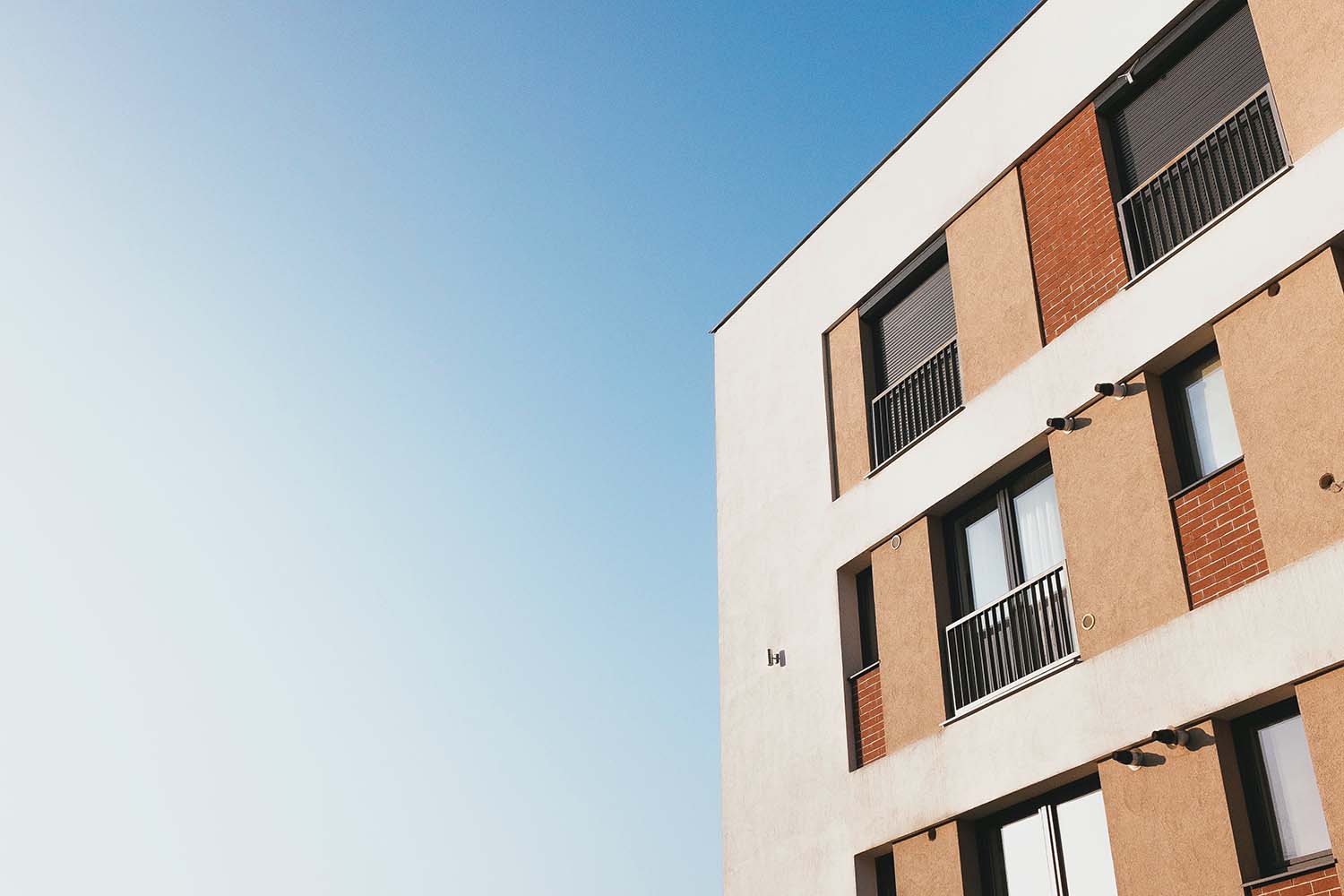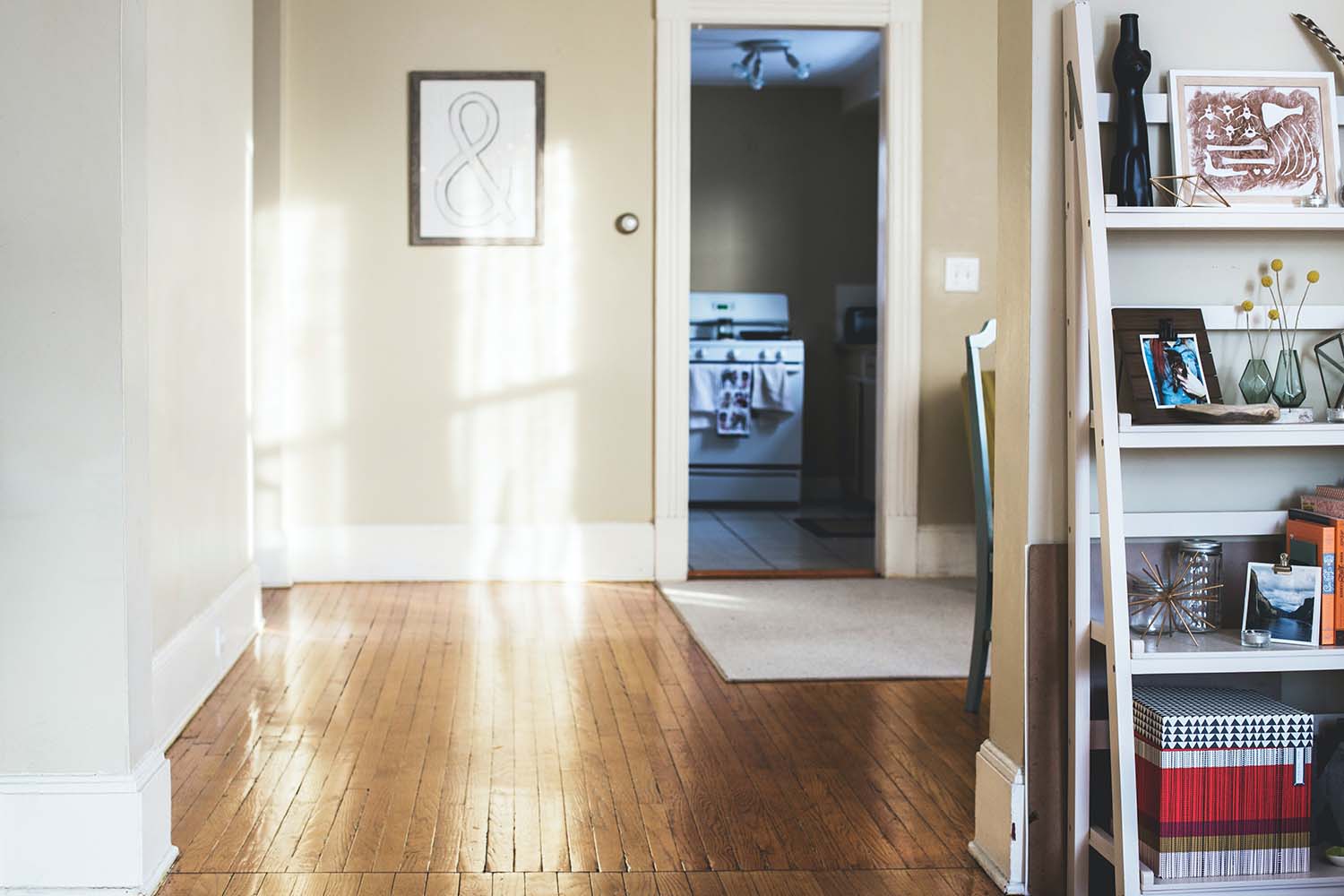If you find yourself contemplating the idea of renting out a property, you might be pondering where to begin this venture. It’s completely natural to feel a tad apprehensive, especially if you’ve never delved into property rental before. However, with careful planning and a pragmatic approach, there’s absolutely no reason why you can’t transform this endeavour into a thriving success story.
Beyond the allure of generating a consistent monthly income, you may also find that, over time, you can realise a substantial return on your initial investment. Whether you currently possess a property available for lease or are contemplating an investment in one, you’re in the right place. In the following paragraphs, we will delve into valuable hints and tips on what steps to take next, guiding you through the exciting journey of property rental.

Photo, Raul Petri.
Contact a letting agent
Reaching out to a letting agent should be one of your initial steps when you embark on the journey of renting out your property. This proactive move can provide you with valuable insights into the rental market, helping you understand the potential monthly rent you can command and the demand for your property.
Letting agents, as experts in the local property market, possess a keen understanding of the prevailing rental rates and can offer you realistic expectations for your rental income. Additionally, they can gauge the popularity of your property based on its location, condition, and amenities. Armed with this knowledge, you’ll be better prepared to make informed decisions about your rental strategy.
Now, when it comes to choosing a letting agent, it’s not a one-size-fits-all scenario. Letting agents often provide various levels of service, ranging from full property management to more limited services including rental search engines such as Rentola, who facilitate the contact between tenants and landlords. Take the time to research and compare multiple letting agents in your area, considering factors such as their reputation, track record, fees, and the scope of services they offer.
Each letting agent may have a unique fee structure, so it’s crucial to understand the costs associated with their services. Some agents charge a percentage of the monthly rent, while others may charge a flat fee. Moreover, they might offer additional services like tenant screening, property maintenance, and rent collection, each of which may come with its own pricing.
By thoroughly evaluating and comparing these aspects, you can select the letting agent that aligns best with your goals and preferences. Ultimately, this initial investment of time and research will pay off by ensuring a smoother and more successful experience as a property owner and landlord.
To furnish or not to furnish…
The decision of whether to furnish your property for rent is a significant one and merits careful consideration. While renting out a fully furnished property may indeed attract more interest from potential tenants and potentially allow you to command slightly higher rent levels, there are several factors to weigh before making this choice.
Firstly, when opting for a fully furnished property, it’s advisable to take out contents insurance to protect your investment. Understanding the annual cost of such insurance is essential, as it will help you budget appropriately for ongoing expenses related to your furnished rental. This is especially important as wear and tear are inevitable over time, and you’ll need to factor in the cost of furniture replacement in the long term.
On the other hand, renting out an unfurnished property may seem like the simpler and more hassle-free option. However, it’s important to recognise that this decision could potentially limit your pool of potential tenants. Many prospective renters, especially those looking for short-term or temporary housing solutions, prefer furnished accommodations, and by offering only an unfurnished space, you might inadvertently alienate a significant portion of your target market.
To determine which option is the best, it’s crucial to conduct thorough research. Start by assessing the local rental market and understanding the demand for furnished versus unfurnished properties in your area. Consider the demographic of renters in your locality and their specific needs and preferences. Additionally, calculate the potential costs and benefits associated with each option, factoring in expenses like insurance, maintenance, and furniture replacement.

Photo, Kari Shea.
Make sure it’s clean
Maintaining a pristine level of cleanliness in your rental property is not just a suggestion; it’s a fundamental step to ensure the success of your endeavour. Before you start scheduling viewings or showcasing your property to potential tenants, investing time and effort into ensuring its spotless condition is paramount. While you might consider saving money by tackling the cleaning yourself, engaging a professional cleaning service is often the wisest choice, as it tends to yield superior results.
Professional cleaners possess the expertise, equipment, and cleaning products needed to thoroughly clean every nook and cranny of your property. They can ensure that the space is not only clean but also sanitised, eliminating any potential allergens or health hazards that could deter prospective tenants.
Now, let’s delve into some specific considerations. If your property has carpets that have seen better days but replacing them isn’t financially viable at the moment, fear not. There are specialised cleaning processes, such as the 12-step cleaning process, that can work wonders in revitalising tired and stained carpets. This can be a cost-effective alternative to replacement, breathing new life into your flooring and enhancing the overall appeal of your property.
It’s essential to recognise that the appearance and cleanliness of your property play a pivotal role in attracting tenants. A well-maintained and immaculately clean space not only creates a positive first impression but also conveys your commitment to providing a comfortable and pleasant living environment. This, in turn, can significantly increase demand for your property and potentially allow you to command higher rent.
In the competitive rental market, it’s unwise to cut corners when it comes to cleanliness and maintenance. Investing in professional cleaning services and addressing any cosmetic issues in your property can pay off handsomely by not only attracting more tenants but also retaining them for the long term. In the world of real estate, a clean and well-presented property is your ticket to success.
Decoration
When it comes to the decoration of your rental property, striking the right balance between aesthetics and practicality is essential. A well-thought-out decorating strategy can significantly impact your property’s appeal to potential tenants and, in turn, its overall success in the rental market.
One key consideration is choosing a colour scheme that is both visually appealing and practical for a rental property. Opting for neutral colours is a safe and sensible choice. Neutral tones such as beige, light grey, or soft taupe create a versatile backdrop that can accommodate a wide range of tenant preferences and furnishings. This neutrality not only appeals to a broader audience but also helps tenants envision their own decor and personal style in the space.
However, it’s crucial to strike a balance by avoiding colours that are excessively light. Extremely light shades can be prone to showing marks and scuffs more prominently, which can result in the need for frequent repainting between tenants. This not only consumes valuable time but also incurs additional costs that can eat into your rental income.
To mitigate the need for frequent redecoration, consider using durable and washable paint finishes. These finishes are more resistant to wear and tear, making it easier to maintain the property’s appearance between tenancies. Additionally, investing in high-quality paint and materials during the initial decorating phase can pay off in the long run, as they tend to be more resilient and longer-lasting.
Furthermore, if the property needs decorating, focus on the overall aesthetic appeal and functionality of the space. Choose practical and durable flooring and fixtures that can withstand the rigours of rental living. This not only reduces the need for constant repairs and replacements but also enhances the property’s attractiveness to prospective tenants.
Be good to your tenants
Maintaining a harmonious and mutually beneficial relationship with your tenants is not just a matter of good practice; it’s a fundamental aspect of successful property management. While the property may legally belong to you as the landlord, it’s important to recognise that, for your tenants, it’s their home—a place where they live, work, and create memories. They are not just paying rent; they are investing in a space to call their own. Here are some key considerations for being a landlord who is good to their tenants.
First and foremost, responsiveness is key. When your tenants report repair issues or maintenance concerns, it’s essential to address them within a reasonable timeframe. Timely repairs not only demonstrate your commitment to their comfort and safety but also contribute to a positive tenant-landlord relationship. A responsive landlord fosters trust and satisfaction, making tenants more likely to renew their lease agreements.
Furthermore, taking feedback from your tenants into account is a valuable practice. Their insights and suggestions can help you improve the property and the overall rental experience. Constructive feedback can guide you in making necessary enhancements and adjustments, ensuring that your property remains competitive and desirable in the market.
Treating your tenants with respect and consideration is a fundamental principle of landlord-tenant relationships. Clear communication, politeness, and professionalism go a long way in creating a positive atmosphere within the rental arrangement. Maintaining open lines of communication encourages tenants to reach out when issues arise, rather than allowing minor problems to escalate into major ones.
Long-term tenant retention is not only beneficial for your tenants but also advantageous for you as a landlord. Finding new tenants requires effort and incurs expenses, such as advertising and screening costs. Therefore, the longer your tenants choose to stay in your property, the more stable and financially secure your rental income becomes.
Final Word
In conclusion, successfully renting out a property involves a multifaceted approach that encompasses various aspects of property management. From setting the right rental price to making thoughtful decisions about furnishings and decor, and maintaining a positive tenant-landlord relationship, every step plays a crucial role in achieving your goals as a property owner and landlord.
Remember that renting out a property is not just a financial transaction; it’s about creating a comfortable and safe living space for your tenants while ensuring a reliable income stream for yourself. By approaching property rental with diligence, professionalism, and a focus on meeting tenant needs, you can set the stage for a prosperous and rewarding journey as a landlord. With careful planning, attention to detail, and a commitment to excellence, you can turn your property into a valuable asset that benefits both you and your tenants for years to come.








